🎁 Spedizione, contrassegno e reso gratuiti! 🎁
Reso garantito fino al 15 gennaio
Not everyone knows that the fact that a watch is "water resistant to 30/50/100 meters" does not necessarily mean that it can withstand any infiltration.
In fact from the crown or buttons, during a swim or a dive, during which the arms are likely to be in motion, there is the risk that the water pressure exerted on the clock is by far superior to that experienced in the laboratory in a situation static clock.
The companies most sensitive to the problem you are then posed the objective of defining an informative to the consumer regarding the impermeability of the watches.
HOW TO ENSURE THE WATER RESISTANCE WATCH
The clock is a complex tool which requires attention in order to ensure the perfect functionality over time. In particular, it should take care of opportunities to watch in the water: each clock shows information relating to its ability to address the humidity and contact with water with a term "water resistant" complete with quantitative indication expressed in meters (m. 30, 50, 100, 300 etc ..) or in atmospheres (atm. namely bars 3, 5, 10, 30 etc ..).
In reality, however, these depths (and the pressure) correspond to the limits of keeping the clock in conditions of static test (laboratory test). When in motion, that is, in all normal conditions of use, the pressure at which the clock is subjected may be significantly greater than that generated by simple immersion depth. A simple shower, depending on the strength of the water jet, can subject the watch to a pressure higher than that of an immersion surface.
What can be done with your watch water resistant? Check out the chart below
| DENOMINAZIONE PRESSIONE |
 |

|
 |

|

|

|
 |
| IMPERMEABILITA' | PIOGGIA | SPARY | SHOWER | BATH | SWIMMING | DIVING IN SHALLOW DEPTH | DIVING IN DEEP WATERE |
| 3bar = 30 metri | YES | YES | NO | NO | NO | NO | NO |
| 5bar = 50 metri | YES | YES | YES | YES | YES | NO | NO |
| 10bar = 100 metri | YES | YES | YES | YES | YES | YES | NO |
| 20/30bar = 200/300 metri | YES | YES | YES | YES | YES | YES | YES |
The watch case is made up of several components assembled with maximum precision. With the change of temperature, the materials expand with different coefficients, causing the clock if not waterproof, water infiltration. The level of tightness of the chest may allow a reduction of this risk until its total elimination.It must remember that due to external influences such as sweat, cosmetics, chlorinated water or salt water, UV rays, any dropped, or simply replacing the battery (which requires the opening of the case) as well as the pass time, water-resistance may fail and should therefore be checked and restored by a specialized laboratory.
To maintain the level of water-resistance, it is recommended to take into careful consideration the following precautions:
- it is appropriate to check the clock every year in a service center, in order to ascertain the status of various seals that make waterproof
- When the watch is wet or is under water you should never use the buttons chronograph and make sure before each dive, that the crown is securely screwed crown waterproof or if it is pressed tightly against the case.
- you must avoid subjecting your watch to rapid changes in temperature that may cause condensation reported by opacification of the glass or an appreciable impact on the accuracy of the clock. In such cases it is appropriate to subject the watch to a test at a specialized laboratory.
- If the clock were to suffer an infiltration of salt water to avoid any attempt to dry it but soak it in fresh water and take it as soon as possible by keeping it immersed repair technician, for example in a glass.
- Monitor the state of the glass: if it has cracks, also read, must be immediately replaced.
Serve aiuto?
Contattaci
Area Personale
Effettua l'accesso alla tua area personale per seguire lo stato dei tuoi ordini
Password dimenticata?
Password dimenticata?
Inserisci il tuo indirizzo e-mail e premi "INVIA". I dati per l'accesso alla tua area personale ti saranno inviati direttamente all'indirizzo di posta indicato.
Ti possiamo aiutare?
Il nostro servizio clienti è attivo dal Lunedì al Venerdì dalle 9:00 alle 19:30




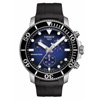 Tissot
Tissot
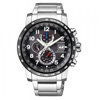 Citizen
Citizen
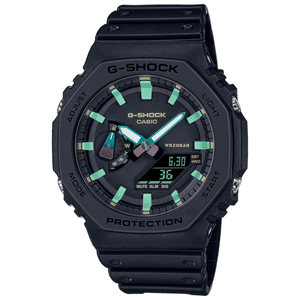 Casio
Casio
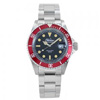 Perseo
Perseo
 Orologi uomo
Orologi uomo  Orologi donna
Orologi donna 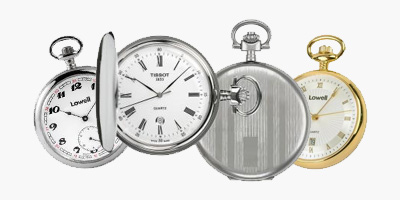 Orologi da tasca
Orologi da tasca 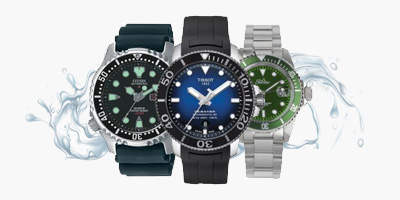 Orologi subacquei
Orologi subacquei 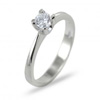 Solitari
Solitari 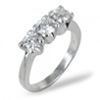 Trilogy
Trilogy 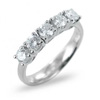 Riviere
Riviere 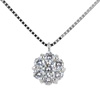 Collane
Collane 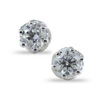 Orecchini
Orecchini 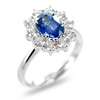 Zaffiri
Zaffiri 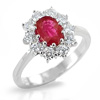 Rubini
Rubini 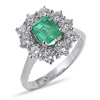 Smeraldi
Smeraldi 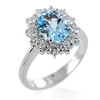 Acquemarine
Acquemarine 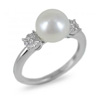 Perle
Perle 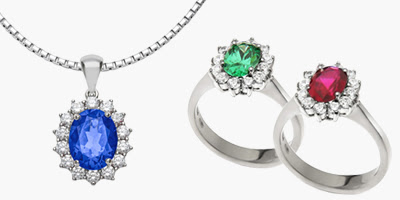 Gioielli Kate
Gioielli Kate 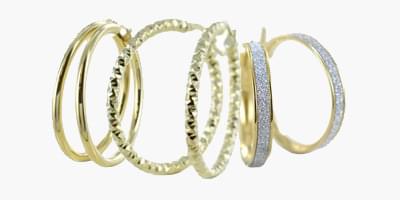 Orecchini a cerchio
Orecchini a cerchio 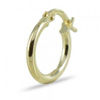 Orecchino cerchio
Orecchino cerchio
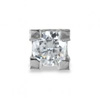 Orecchino punto luce
Orecchino punto luce
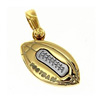 Ciondoli sport
Ciondoli sport
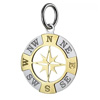 Ciondoli nautica
Ciondoli nautica
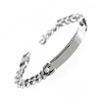 Bracciali personalizzabili
Bracciali personalizzabili
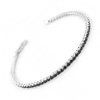 Bracciali tennis
Bracciali tennis
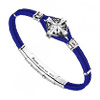 Bracciali nautici
Bracciali nautici
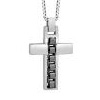 Collane con croce
Collane con croce
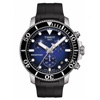 Orologi Tissot
Orologi Tissot
 Orecchini da Uomo
Orecchini da Uomo 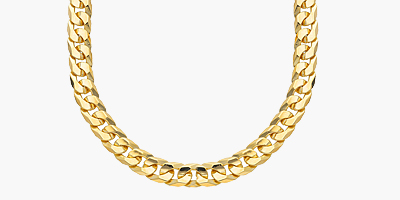 Oreficeria da Uomo
Oreficeria da Uomo 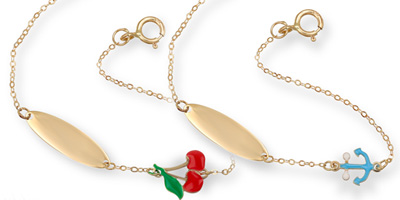 Bracciali Personalizzabili
Bracciali Personalizzabili 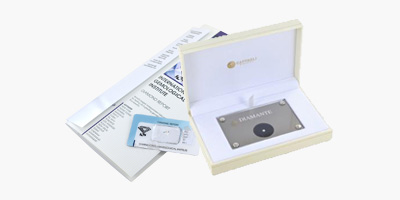 Acquista diamanti
Acquista diamanti 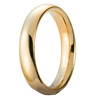 Fedi comode
Fedi comode 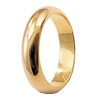 Fedi classiche
Fedi classiche 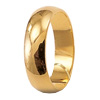 Fedi mantovane
Fedi mantovane  Fedi francesine
Fedi francesine 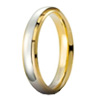 Fedi brillanti promesse
Fedi brillanti promesse 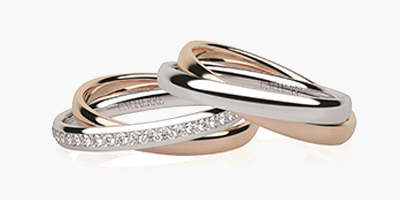 Unoaerre collezione 9.0
Unoaerre collezione 9.0  Cuscino portafedi
Cuscino portafedi 
